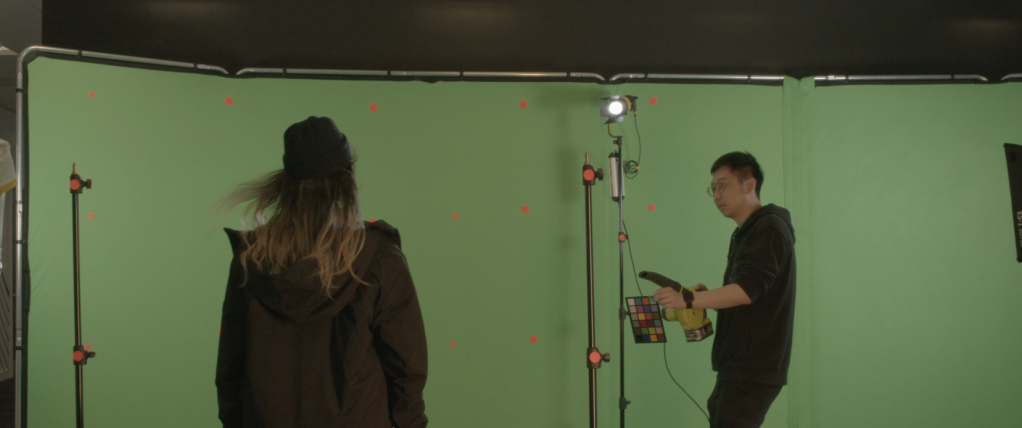Postgraduate students, the Masters of Visual Effects.
The clue is in the title. Our MA students are quite literally the Masters of Visual Effects at Escape Studios. By embracing a longer and more in depth curriculum, postgraduate students give themselves the time and scope to reach higher professional grounds by creating the best works and show-reels.
CASE STUDY
But don’t take my words for it. The work speaks for itself.
Here is below the visual effect project devised by Edward Myall, who managed to bring to life this mesmerizing shot within only 6 weeks, from scratch to finish.
PROCESS
The making of this Blade Runner inspired shot required meticulous preparations from the original concept and references, all the way to the final grading and renders.
Most film shots, let alone visual effect ones, can’t be left to sheer improvisation. They must be thought through comprehensively for the initial vision and intent to materialise in the smoothest and most efficient way.
For this particular project, Edward first researched and studied film references with detailed attention. Then came the concept and pre-production plan, taking into account feasibility within the given time-frame and resources.

FILMING
The filming took place on campus at Escape Studios over a day, making use of professional film equipment. Focal length, camera motion and lighting were designed to match the original concept but also addressing the technical requirements from a vfx standpoint. By doing so Edward turned himself into the visual effect supervisor of his own shot before handing the reins to his vfx artist self!

Once the ‘shot in the can’ as the professional lingo goes, the takes were ingested in the computers were the different vfx processes were performed. The first step was camera tracking, by which the computer analyse the motion of the live action camera and turn it into a virtual camera equivalent.
ENVIRONMENT
The virtual camera was then imported inside Unreal Engine, a 3D platform originally created for games creation but now increasingly used in the film and visual effect industry.
The environment itself was created with ready-made photorealistic 3D models provided by the Quixel Library embedded within the Epic Games ecosystem.

With a very acute eye for composition and lighting, Edward successfully transformed the scene into a much more cinematic and dramatic setting, adding fog and grading to the shot, along with a ring of fire, or portal.

INTEGRATION
The next and final step was the integration of the live action within the environment.
Edward opted for a highly effective but rather unusual technique known as ‘dry key’ or ‘straight key’ for which the traditional alpha extraction from the green screen is no longer necessary.
Instead the ‘dry key’ blends the destination background with the live action foreground directly through multiplication, enabling the retention of the finest detailed and nuances as well as the fusion of lights and edges.
This exceptional method however required a complete clean-up of the live action plate as seen below.

JOIN THE ELITE SQUAD
If you’re interested in visual effects and aspire to join the league of the best vfx artists, have a look at Escape Studios courses: https://www.escapestudios.ac.uk/courses/vfx/
You’ll be able to film your own vfx shots and rival with the industry standard.


